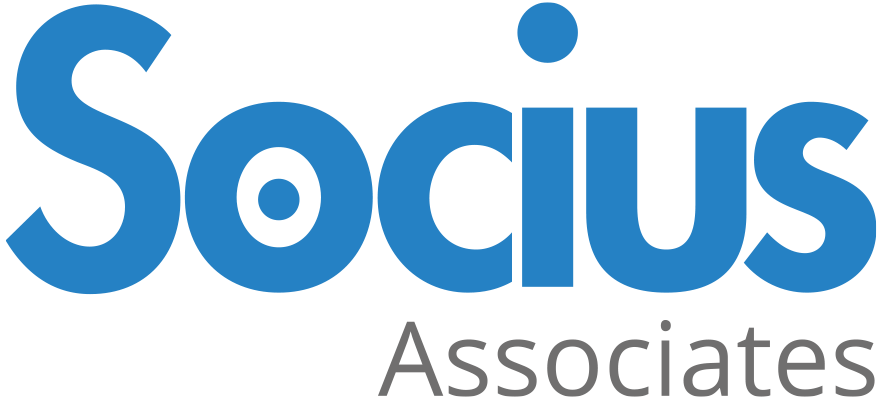Chairing versus Facilitating
Last week while facilitating a morning’s group work with an 18-strong board of directors, one of the delegates came up in a break to ask how chairing versus facilitating sessions differs. It is a really good question which I am asked more often, so here is how I explain it to my clients.
Let’s have a meeting
Meetings are gatherings of people who come together to discuss important things in person. Really good meetings progress those important things and find answers to questions, solutions to problems, or generate new ideas to go away and explore after the meeting.
Meetings suffer from bad press, and in some sectors even more so than others: the public sector comes to mind. I am sure every one of us will have attended a meeting at some point which we left in a state of frustration, bewilderment or despair, or a combination thereof.
A brilliant book which picks apart the reasons why meetings fail is the classic Death by Meeting by Patrick Lencioni. It sets out a way to organise and structure meetings so that they become valuable collaborative sessions instead of dreaded time wasters. Making sure the meeting is led well is a key ingredient, says Lencioni, and this starts with being really clear about the purpose of the meeting, and agreeing the desired outcomes.
Which brings me to the differences between chairing a meeting or event, and facilitating one.
Chairing versus facilitating a meeting
There are some real stand-out differences between the two roles. That of the chairperson is to be a full participant in the meeting as well as to oversee and manage the proceedings themselves.
By contrast, a facilitator is an outsider joining the group or team to guide the session through the different phases while remaining neutral throughout. They do not contribute to the content of the meeting itself, but they do use techniques to tease out contributions and ensure all angles of the meeting content are explored. To be able to do this successfully, it helps if the facilitator has some understanding of the matter under discussion. Crucially, this is not the same as having extensive knowledge of the meeting content.
The focus of a chair is also different. While controlling the progress of the meeting is part of their responsibility, the chair’s job is also to set the agenda and ensure that decisions are made where necessary. They have the last say if a decision needs to be negotiated. A chairperson is often someone with some authority over other meeting participants.
A facilitator also focuses on ensuring the process of the meeting works well, in particular to allow participants to successfully concentrate on the matters at hand. However, the agenda is set beforehand by the group or team, and the facilitator sometimes gives some practical guidance where needed to ensure the meeting goes well. Facilitators do not ‘enforce’ decision making or make the final call on decisions, except when it comes to the running of the session itself.
Finally, a key difference is in the responsibility of the chair after the meeting. A facilitator may be contracted to help with writing up meeting notes such as brainstorm flip charts after the event; they do not follow up to check actions are being followed through. Chairs and facilitators are both guardians of the process of having a meeting and aim to fulfil the projected outcomes, but it’s the chair who has an ongoing responsibility for the team or group’s work.
If a facilitator is tasked with tracking progress and holding participants to account on progress, while remaining the outsider, we’re talking about team or group coaching instead.

